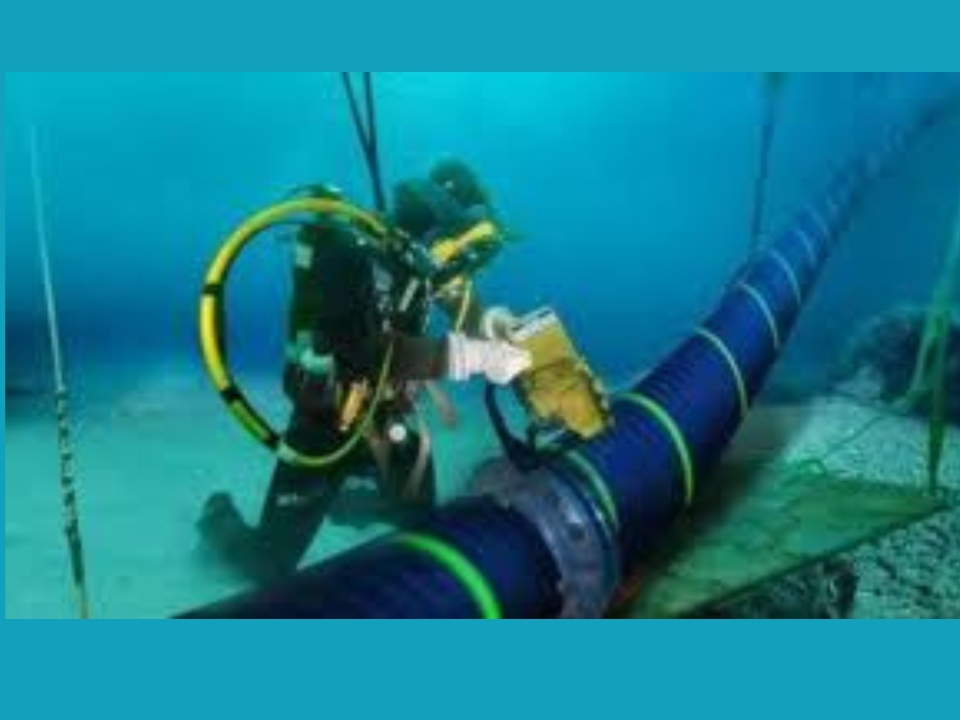A recent severe internet outage affecting several African countries—marking the third disruption in four months—highlights the continent’s internet service vulnerability. This incident has prompted questions about how to enhance the reliability of what has become an essential tool in nearly every aspect of life.
Causes of Recent Internet Outages in Africa
The latest disruption was caused by a cut to two of the undersea cables that transmit data around the continent. On Sunday morning 12th May 2024, these cuts occurred, mirroring similar incidents in March and February. In March, four cables off the West African coast were damaged, while in February, crucial links were severed in the Red Sea when a ship’s anchor dragged through three cables.
Investigations into the recent case are ongoing, but it is suspected that an “anchor drag” from a ship caused the damage. Prenesh Padayachee , chief digital and operations officer at Seacom, which owns one of the affected cables, confirmed this possibility. The second cable, known as Eassy, was also impacted at the same time and location off the South African coast, north of Durban, according to the Communications Authority of Kenya (CAK).

Impact on Connectivity
The infrastructure connecting Africa to the global internet has improved recently, and telecom companies are switching to other cables to maintain service. For instance, Kenya is using the East Africa Marine System (Teams) cable, which remains unaffected. However, other countries like Tanzania have seen their connectivity levels drop to 30% of expected capacity due to limited alternatives.
When pathways are restricted, data reroutes become congested, leading to slower service. The 2009 arrival of the Teams cable in Mombasa, Kenya, brought broadband connectivity to East Africa, but the increase in connections has also led to more cases of cable damage.
Challenges of Maintaining Undersea Cables
The internet relies heavily on these undersea cables, which are like garden hosepipes stretching over 10,000km, making them quite fragile. Common causes of damage include anchor dragging from ships, underwater rockfalls, and seismic activity. Since many of these cables are close to each other, a single incident can damage multiple cables simultaneously, complicating repairs.
Repairing undersea cables requires specialized equipment and expertise, and the process can take days or weeks, depending on weather, sea conditions, and the extent of the problem. For example, repairing the four severed West African cables in March took over a month.

Navigating the Web of Challenges: Enhancing Africa’s Internet Resilience
Efforts to Improve Connectivity
To mitigate the impact of such disruptions, Seacom is working on temporary capacity solutions and collaborating with various parties to expedite repairs. The Léon Thévenin, a dedicated cable repair ship, has been dispatched to the damage site.
Navigating the Web of Challenges: Enhancing Africa’s Internet Resilience
Despite increasing connections, Africa’s dependence on a few undersea cables makes the continent susceptible to disruptions. Europe and North America, with their dense networks of high-capacity overland and undersea cables, have more resilient connectivity.
Discussions to address Africa’s internet infrastructure challenges have been ongoing, but progress is slow due to logistical and financial constraints. Dr. Jess Auerbach Jahajeeah from the University of Cape Town emphasized the need for support systems to repair the growing number of cables. The Léon Thévenin, once performing two or three repairs a year, now does nine, indicating a rising need for robust repair capabilities.
Proposed Solutions and Future Directions
To enhance digital resilience, some propose satellite internet links. Elon Musk ‘s Starlink project aims to provide high-speed internet to remote areas via satellites, but it remains expensive and not universally available.
The real solution lies in greater investment in ground infrastructure to support vital communications networks. This includes developing more networks, connectivity options, data centers, and internet exchanges to ensure diverse connectivity pathways. This investment will help Africa build a more robust internet infrastructure capable of withstanding future disruptions.
Conclusion
The recent internet outages in East and South Africa underscore the continent’s reliance on a limited number of undersea cables. The vulnerability of these cables to damage from ships, natural disasters, and other factors highlights the need for improved infrastructure and repair capabilities. Greater investment in diverse connectivity options and robust repair systems is crucial to ensure the continent’s digital resilience and reduce the impact of future disruptions.







